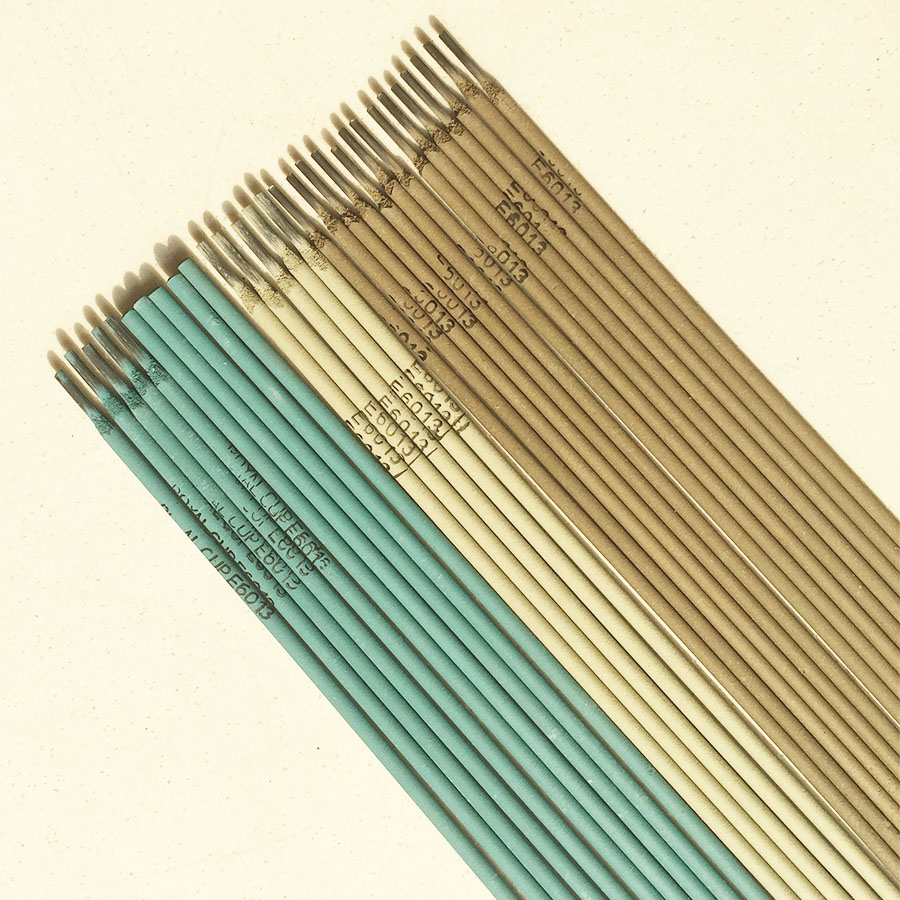Top Manufacturers of Welding Rods and Electrodes in the Industry
Understanding Welding Rods and Electrodes The Backbone of Metal Fabrication
Welding plays a pivotal role in various industries, including construction, automotive, and manufacturing. Central to this process are welding rods and electrodes, essential components that ensure the strength and integrity of welded joints. In this article, we will delve into the world of welding rods and electrodes, exploring their types, manufacturing process, applications, and the role of manufacturers in this critical industry.
What are Welding Rods and Electrodes?
Welding rods and electrodes are used as filler materials to join metal pieces together through diverse welding techniques. An electrode conducts current through the welding arc and often provides some or all of the filler metal that melts and fuses the workpieces. While both serve similar functions, their forms and applications can differ significantly.
1. Welding Rods Typically used in processes like Shielded Metal Arc Welding (SMAW), welding rods are solid filler metals, coated with a flux material. The coating helps produce a protective gas shield during the welding process, preventing oxidation and improving the overall weld quality.
2. Welding Electrodes In contrast, electrodes, such as those used in Gas Metal Arc Welding (GMAW) or Flux-Cored Arc Welding (FCAW), can be consumable or non-consumable. Consumable electrodes melt during the welding process, adding material to the weld, while non-consumable electrodes do not melt and are used mainly in processes like Tungsten Inert Gas (TIG) welding.
The Manufacturing Process
The manufacturing of welding rods and electrodes involves meticulous steps to ensure quality and performance
1. Material Selection The first step is choosing the right materials based on the required mechanical properties and compatibility with the base metals. Common materials include carbon steel, stainless steel, and aluminum.
2. Core Wire Production For electrodes, the core wire is produced first. This wire must have specific tensile strength and conductivity characteristics, suitable for various welding procedures.
3. Coating Application After the core wire is produced, a coating is applied, which can contain elements like iron powder, cellulose, and mineral compounds. The coating serves multiple purposes, such as providing shielding gas, deoxidizing the weld pool, and controlling the solidification of the weld.
4. Drawing and Cutting The coated wire is drawn into the desired diameter and cut into lengths suitable for use in welding applications. This step ensures uniformity in size and performance.
welding rods electrodes manufacturers

5. Quality Control Manufacturers conduct rigorous testing and quality assurance measures to meet industry standards. This process includes checking for defects, assessing mechanical properties, and ensuring the coatings adhere correctly to the core wire.
Applications of Welding Rods and Electrodes
Welding rods and electrodes find application in numerous industries. Here are a few noteworthy examples
1. Construction Building structures and frameworks often require robust welding to ensure safety and durability. The right welding rods are crucial for joining steel and other metal components in construction projects.
2. Automotive In the automotive industry, welding is used to assemble various parts, including frames and body panels. High-quality electrodes are vital to ensure joint strength and compliance with safety standards.
3. Manufacturing Welding is central to the fabrication of machinery and heavy equipment. Different types of welding rods cater to various materials, whether they are steel, aluminum, or alloys, ensuring the manufacturability of complex components.
4. Shipbuilding The maritime industry employs welding extensively for ship construction and repairs. The use of specialized electrodes and rods can withstand harsh marine conditions, ensuring the longevity of vessels.
The Role of Manufacturers
Welding rod and electrode manufacturers play an essential role in ensuring the availability of high-quality products. They invest in research and development to innovate and improve their offerings. Additionally, they comply with international standards and certifications, ensuring that their products meet the demanding requirements of various industries.
Manufacturers also offer technical support and training, helping workers understand the best practices in welding. This guidance not only enhances the quality of work but also promotes safety and efficiency on the job site.
Conclusion
Welding rods and electrodes are crucial components in the world of welding, contributing to the strength and integrity of metal joints across various industries. As technology advances, the landscape of welding material manufacturing continues to evolve, accommodating the growing demands for efficiency and precision. Understanding the nuances of different types of welding rods and electrodes, as well as the importance of reliable manufacturers, is vital for anyone involved in metal fabrication and welding processes.
-
Best Hardfacing MIG Wire for Sale High Durability Welding SuppliesNewsJun.10,2025
-
ER70S-6 MIG Welding Wire Supplier High Quality China Welding Wire ManufacturerNewsJun.10,2025
-
Premium Aluminum Flux Core Wire China Manufacturer FactoryNewsJun.10,2025
-
Premium Cast Iron Welding Electrodes for Superior BondsNewsJun.10,2025
-
Premium 309L MIG Wire High Strength & Corrosion ResistantNewsJun.10,2025
-
Stainless Steel Welding Rod Types Complete Guide to Corrosion ResistanceNewsJun.09,2025


